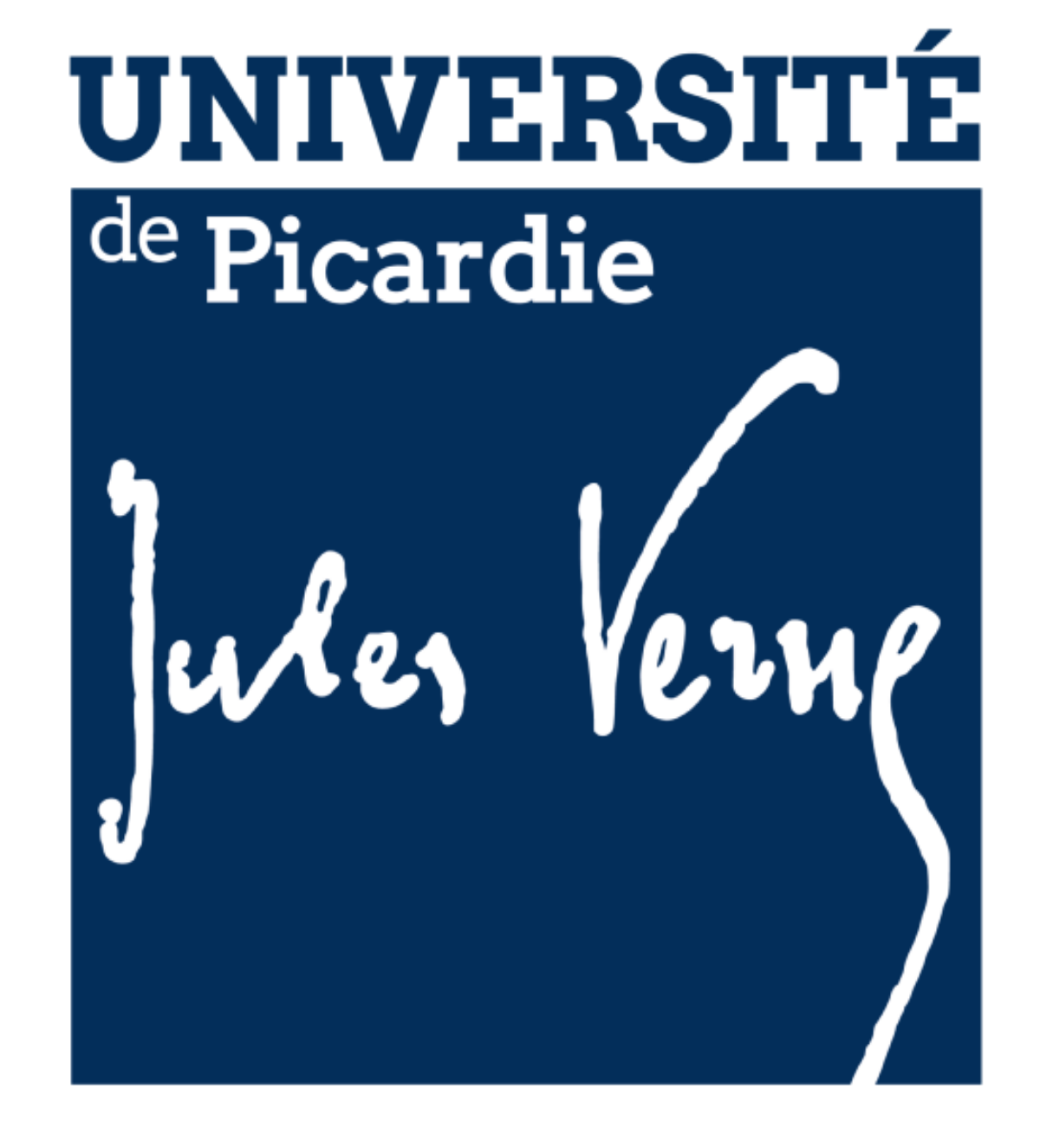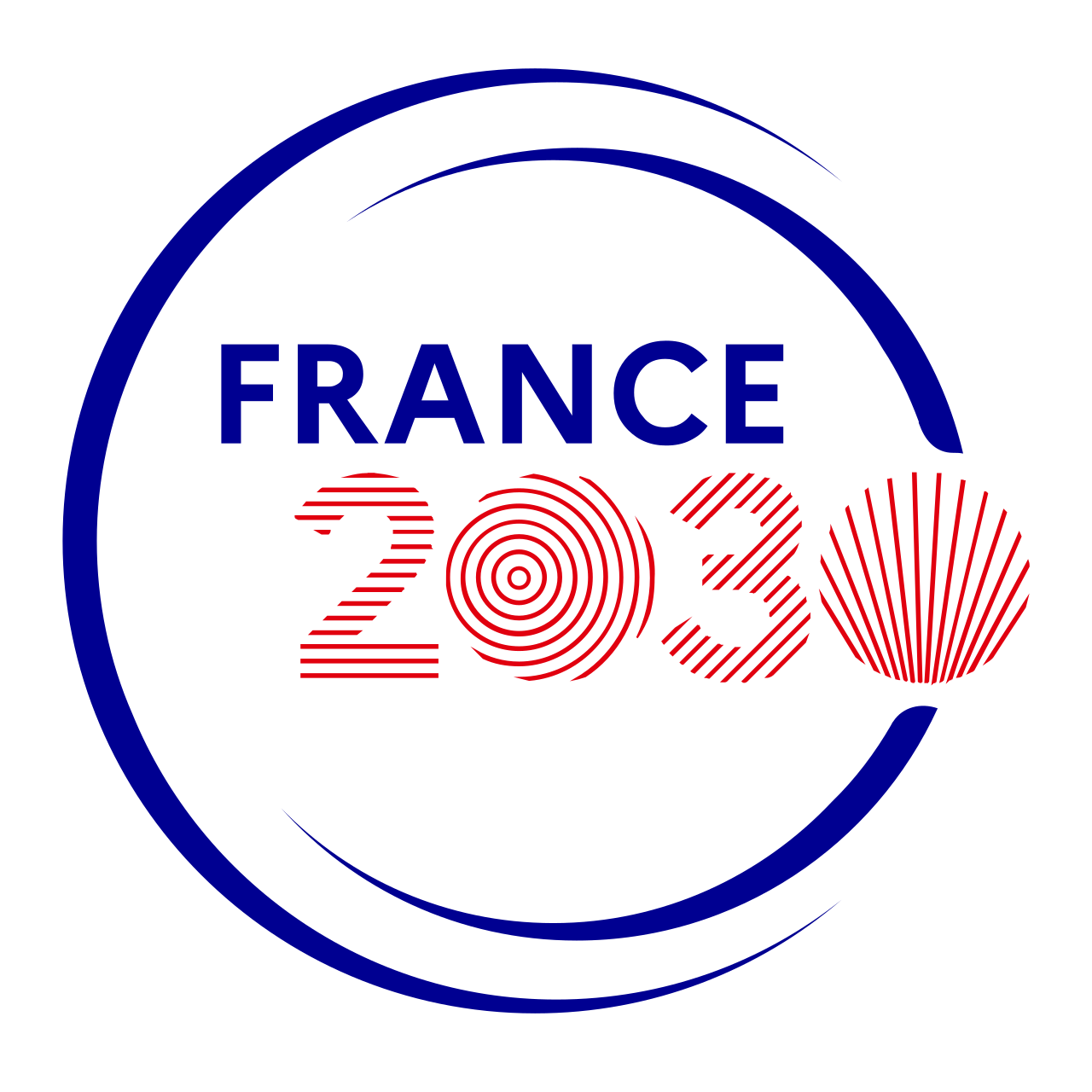Financing of innovative initiatives 2024
Context
The MAIA (Mastery of AI Applications) project aims to develop original and generic research solutions to advance the formal explainability and societal acceptability of AI, with a focus on three key areas: health, chemistry and the environment of the A2U alliance (University of Artois, UPJV and ULCO) as well as for the Hauts de France region (HdF) Funding innovative research initiatives will be part of the MAIA project's recurring calls.
Frame
This call will be open on a recurring basis (annual) to researchers and teacher-researchers of the A2U alliance working in one of the five axes of the MAIA project: explainable AI (XAI), acceptable AI (SHS question), application of AI in health, chemistry and environment. It is resolutely open to any short-term research and/or valorization action enabling the initiation, development and support of an innovative approach:
- Development, distribution or commercial valorization of an innovative prototype/software
- Investment for the development of demonstrator(s)
- Support for the production/publication/communication of exceptional international visibility
- Support for an original experimental or data collection activity
- Support for any other original action promoting the MAIA project
Selection 2024
Support for the production of experimental data. SyntIA-Exp
Director :
- Florence Djedaini-Pilard
Host laboratory(ies):
- LG2A (UPJV)
- UCCS (UArtois)
- UR 7378 (UPJV)
- CRIL (UArtois)
Summary
- This project supports the SYNTIA thesis project by producing experimental data in chemistry during the first 12 months. The LG2A (UPJV) and UCCS (UArtois) see the development of AI, in close collaboration with CRIL, as an opportunity to improve the screening of bio-based molecules of interest, optimize their synthesis pathways, and predict their properties. This approach aims to shift from purely chemical screening to computational screening based on the analysis of extensive experimental data to optimize the design of new molecules (modified cyclodextrins (CDs)), refine synthesis process parameters, and predict synthesis regioselectivity. It requires the creation of experimental datasets in synthesis and characterization to validate predictions. Initially, we will thoroughly characterize commercial methylated and hydroxypropylated CDs to build a training database for a predictor of molecular structure probability distribution. Subsequently, we will implement various methylated CDs syntheses under different operating conditions (e.g., reagent nature and concentration, temperature, agitation, reaction time) to obtain batches with varying degrees of substitution (DS), validate the predictor, and enrich the database. All synthesis data will be compiled, processed, and transformed into a "computer-friendly" format for integration into a database related to predicting modified CDs structures.
(T)chat - Botté
Director :
- Yaël Fregier
Host laboratory(ies):
- LML (UArtois)
Summary
- The purpose of this funding request is to support two four-month internships to explore the feasibility of using new open-source LLVMs (Large Language and Vision Models) to control agents (robots). The motivation is to leverage the ease of human-machine interactions offered by LLMs like ChatGPT or LLama and use them for robot communication. Recent advances in natural language processing have enabled the creation of conversational agents capable of passing the Turing test, i.e., indistinguishable from a human agent. The integration of such models with visual modalities (e.g., visual description, image generation from text) has led to the emergence of LLVMs. Over the past year, major research teams (Google, Meta, etc.) have started using these models in robotics. Unfortunately, these efforts rely on proprietary models, limiting the reproducibility of experiments and their application to real-world research or industrial problems. Our objective is therefore to develop an open-source version.
Explain dependencies between labels in multi-label classification
Director :
- Saïd Jabbour
Host laboratory(ies):
- CRIL (UArtois)
Summary
- This project aligns with my desire to increasingly invest in the themes of learning and explainable AI. The thesis of David Ing, which I co-supervise at CRIL, represents a first step in this direction. A paper from this work was recently accepted at the DSAA conference (rank A), focusing on classification with explanation for human trafficking networks. My funding request will allow me to concentrate on this theme. The aim is to study correlations and dependencies among labels in extreme multi-label learning to exploit and explain these dependencies. Traditional learning methods are typically limited to simple constraints such as must-link and cannot-link. This work seeks to integrate more generic constraints of inclusion or exclusion, such as stipulating that an instance cannot belong to more than n classes. These constraints, often expressed as cardinality constraints, aim to iteratively guide the construction of a data representation space to facilitate their satisfaction by classification algorithms. Proper integration of these new constraints into the classification process is crucial for improving overall performance. The ultimate goal is to achieve high predictive quality, especially in the context of extreme multi-label classification problems. In the absence of specific label constraints, another objective is to propose methods capable of capturing these correlations and explaining them by providing, for instance, the subsets of attributes justifying these label groupings.
Bioinformatics algorithm for the identification of ligand: receptor pair between extracellular vesicles and target cells for therapeutic purposes
Director :
- Julien Saint-Pol
Host laboratory(ies):
- Blood-Brain Barrier Laboratory (UArtois)
Summary
- Targeted therapy has been a hot topic for two decades, aiming to optimize treatments and minimize side effects on unaffected tissues. Among the therapeutic vectors of interest, extracellular vesicles (EVs) have considerable potential, both because of their biological nature and their very low immunogenic potential, as well as their customizability. These EVs present proteins on their surface capable of specifically interacting with proteins exposed by a recipient cell, allowing them to deliver their contents. However, there are no available means to access information related to the ligand/receptor interaction of an EV with its target cell. The PredInteract project aims to address this gap by developing an algorithm that identifies the proteins responsible for the interaction between an EV and its target cell. This will be done by compiling data obtained through mass spectrometry and cross-referencing it with existing databases to determine the strength of interaction and the protein regions involved in these interactions. This algorithm will help identify the proteins of interest to specifically target a type of cell, optimizing the delivery and action of pharmacological compounds. This innovative approach, which enhances the MAIA project, is applicable to all pathophysiological contexts and will eventually become a valuable tool for targeted therapeutic approaches.
Data Challenge
Director :
- Karim Tabia
Host laboratory(ies):
- CRIL - MAIA
Summary
- A Data Challenge is a data science competition aimed at solving specific problems using datasets provided along with a well-defined evaluation methodology. It is part of an open and participatory science approach, promoting the sharing of data and solutions (usually in the form of notebooks). Through this event, our primary goal is to establish an outreach and communication activity for the CRIL and the MAIA project, while collecting real datasets and solutions to be shared publicly after the competition, in line with the principles of open and participatory science. The organization of such a competition will require: finding data providers and real-world problems related to these datasets, defining a methodology and tools for evaluating submissions, and setting up an online platform for the challenge (to make datasets available, collect submissions, and maintain a leaderboard). Regarding the datasets and challenges, we plan to focus on the application domains of the MAIA project, namely health, chemistry, and the environment. Participant data and submissions will be publicly shared after the competition to encourage collaboration and reuse.
A Multifacted Exploration of AI Acceptance: Bridgingthe cultural and individual Divide (MEXICAL)
Director :
- Srdjan Vesic (CRIL)
Host laboratory(ies):
- CRIL (UArtois)
- CRP-CPO
- CDEP
Summary
- Artificial intelligence (AI) is revolutionizing how we interact with technology and systems across various sectors. Understanding the factors influencing human acceptance of AI is crucial for its successful integration and adoption. While many studies have examined AI acceptance, they often rely on self-reported data and fail to consider individual differences. This results in significant gaps in understanding the nuanced factors that may affect AI acceptance. This project aims to address these limitations by conducting an in-depth investigation into the acceptance of AI technologies, emphasizing experimental evaluation and the study of cultural and individual variations.





